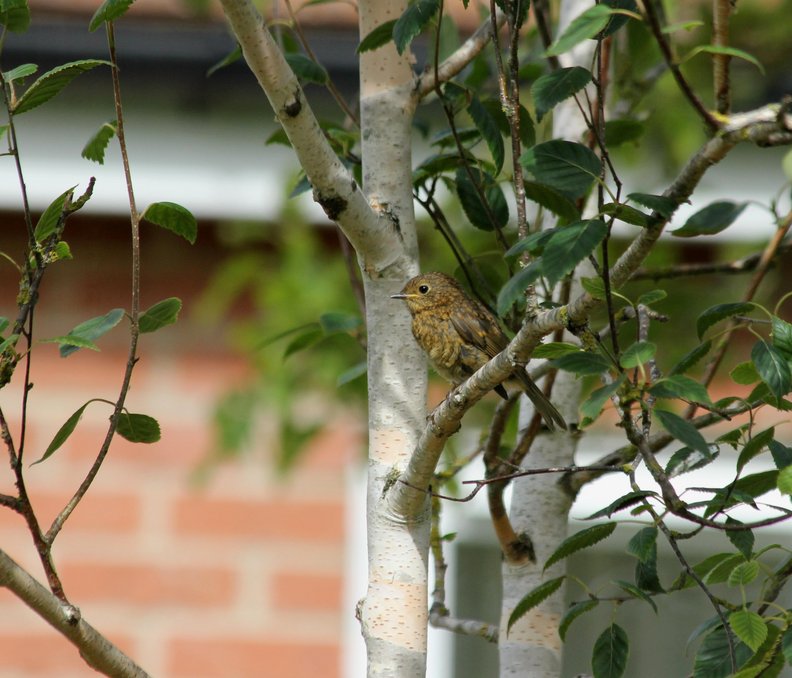Betula Jacquemontii / Himalayan Birch
€150.00 – €600.00Price range: €150.00 through €600.00
SKU: BETJ4730
Categories: All Trees, All Trees & Plants, Autumn Interest Trees, Bare-root Trees, Deciduous Trees, Mature Trees, Rootballed Trees, Standard Trees, Winter Interest Trees
Tags: bare root, Betula, deciduous, Himalayan Birch, Jacquemontii, Rootballed trees, semi mature trees, white birch, winter interest
Frequently Bought Together
 Compost - 50L (Pot Size: 50l) Compost - 50L (Pot Size: 50l) |
€10.50 |
 Liquid Root Booster - 500ml (Size: 500ml) Liquid Root Booster - 500ml (Size: 500ml) |
€12.50 |
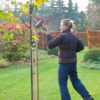 Posts & Straps - Double Post & Crossbar (Size: double-post-crossbar) Posts & Straps - Double Post & Crossbar (Size: double-post-crossbar) |
€12.50 |
| Total for selected item(s) | €35.50 |
Description
Quick Facts
- Common Name: Himalayan Birch, Jacquemont’s Birch, White-Barked Himalayan Birch
- Botanical Name: Betula utilis var. jacquemontii
- Plant Type: Deciduous tree
- Mature Height: 12-18m
- Mature Spread: 7-10m
- Flowering Period: April
- Flower Colour: Yellow-brown male catkins, green female catkins
- Foliage: Ovate to triangular leaves, dark green turning golden-yellow in autumn
- Hardiness: RHS H6 (hardy)
- Soil Requirements: Moist, well-drained, tolerates most soil types
- Aspect: Full sun to partial shade
- Maintenance: Low
Description
Experience the breathtaking beauty of Betula utilis var. jacquemontii, the stunning Himalayan Birch that brings dazzling year-round drama, exceptional winter interest, and luminous presence to your garden with its brilliant pure white bark. This outstanding ornamental tree offers exceptional visual impact—the brightest, most dazzling white bark of any birch, creating spectacular architectural presence and stunning winter interest that illuminates gardens even on the darkest days, elegant upright to spreading habit with graceful branching, attractive dark green foliage that casts light dappled shade and turns golden-yellow in autumn, and remarkable adaptability to Irish conditions, making this one of the most sought-after and visually striking ornamental trees for creating dramatic focal points and year-round structure in gardens of all sizes.
Throughout spring and summer, this captivating tree displays its characteristic ovate to triangular leaves measuring 5-10cm long with serrated edges, creating a light, airy canopy in rich dark green that provides beautiful contrast to the brilliant white bark. The elegant branching creates graceful structure and soft texture. In early spring, pendulous yellow-brown male catkins measuring 5-10cm appear alongside shorter green female catkins, providing early interest and food for pollinators. But the bark is the true star—the most brilliant, purest white of any birch, often with a subtle pinkish or coppery tint when young, developing into dazzling bright white that intensifies with age. Unlike our native Silver Birch, the bark remains smooth and bright white without developing dark fissures, creating clean, luminous stems that glow in winter sun and moonlight, providing spectacular year-round architectural interest.
Native to the Himalayas from Afghanistan to China, growing at elevations of 3,000-4,500m, this remarkable tree is named after French botanist Victor Jacquemont who explored the region in the 1830s. Hardy and adaptable, Himalayan Birch thrives in Irish conditions, tolerating cold, moderate exposure, and a range of soil types whilst providing exceptional ornamental value throughout all seasons. The brilliant white bark develops earlier than our native birch—often showing good white colour within 2-3 years—and remains consistently bright and clean.
Create stunning compositions by planting as spectacular specimen trees in lawns where the dazzling white bark can be appreciated against green grass and dark evergreens—particularly stunning when backlit by low winter sun. Magnificent in groups of three or five for dramatic multi-stemmed effect, or planted as elegant avenue trees. Works beautifully in contemporary gardens, formal landscapes, or naturalistic settings. Exceptional for winter gardens where the luminous white bark creates focal points. Plant where visible from the house to enjoy the spectacular bark year-round, especially in winter. Stunning when uplighting at night.
Caragh Garden Notebook
Planting: Space trees 8-10m apart for groupings or avenue plantings, or allow 10-12m for specimen placement. For dramatic multi-stemmed effect, plant three trees close together (1-2m apart) to create the appearance of a single multi-stemmed specimen. Plant bare-root trees from November to March, or container-grown specimens year-round (autumn or early spring is ideal). Dig holes twice the width of the root ball and incorporate organic matter. Plant at the same depth as the nursery soil mark. Stake for the first 2-3 years. Water thoroughly and mulch around the base.
Soil Preparation: Thrives in moist, well-drained soil with pH 5.0-7.5. Tolerates a wide range of soil types including moderately acidic, neutral, and slightly alkaline soils. Prefers moisture-retentive, fertile conditions enriched with organic matter. Dislikes very dry or waterlogged sites. More tolerant of slightly alkaline conditions than our native Silver Birch. Best bark colour and overall growth occur in full sun with consistent moisture and good drainage.
Container Growing: Not suitable for long-term container growing due to size, vigorous growth, and extensive root system. Young specimens can be grown temporarily in very large containers (minimum 80cm diameter) using soil-based compost, but should be planted out within 2-3 years for best long-term health and to achieve full size potential, characteristic white bark development, and elegant form.
Seasonal Care: Requires minimal maintenance—the naturally elegant form develops without intervention. Remove only dead or damaged branches in late summer to early autumn when sap flow is reduced—avoid winter and spring pruning as birches bleed sap heavily when cut during these periods. Remove any low branches if desired to showcase the spectacular white bark. Remove any competing leaders to maintain single-stemmed form (unless multi-stem is desired). Apply no fertiliser—lean conditions produce the best growth. Mulch lightly to suppress weeds. Water during dry spells, especially in the first 3-5 years until established.
Propagation: Propagate from seed collected when ripe in late summer, though seedlings show considerable variation in bark colour—not all will have the brilliant white bark of the best forms. Softwood cuttings taken in early summer can root but success is variable. Grafting onto Betula pendula rootstock ensures true-to-type characteristics. Most gardeners prefer to purchase named nursery-grown cultivars (such as ‘Doorenbos’, ‘Jermyns’, or ‘Grayswood Ghost’) for guaranteed brilliant white bark and reliable quality.
This stunning beauty is absolutely show-stopping—that brilliant pure white bark is the brightest of any birch and creates such dramatic impact! The luminous stems glow in winter sun and provide spectacular year-round interest. More upright and refined than our native Silver Birch, with bark that stays consistently bright white. Perfect for creating focal points in Irish gardens—that white bark against dark evergreens or backlit by winter sun is simply magical. Pure Himalayan elegance!
Related products
-
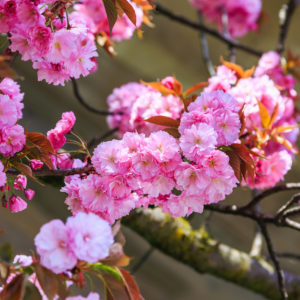
Prunus Kanzan
€180.00 – €850.00Price range: €180.00 through €850.00 Select options This product has multiple variants. The options may be chosen on the product page -
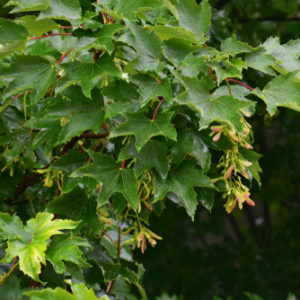
Acer platanoides
€250.00 – €500.00Price range: €250.00 through €500.00 Select options This product has multiple variants. The options may be chosen on the product page -
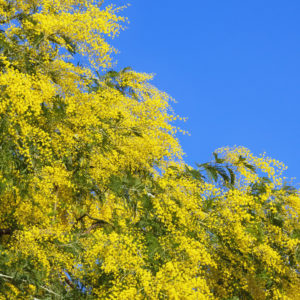
Acacia dealbata / Mimosa Tree
€595.00 – €1,050.00Price range: €595.00 through €1,050.00 Select options This product has multiple variants. The options may be chosen on the product page -
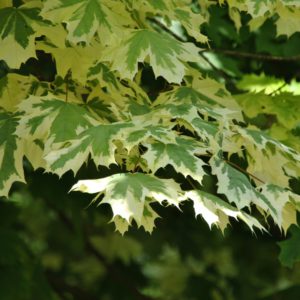
Acer Drummondii
€220.00 – €600.00Price range: €220.00 through €600.00 Select options This product has multiple variants. The options may be chosen on the product page

